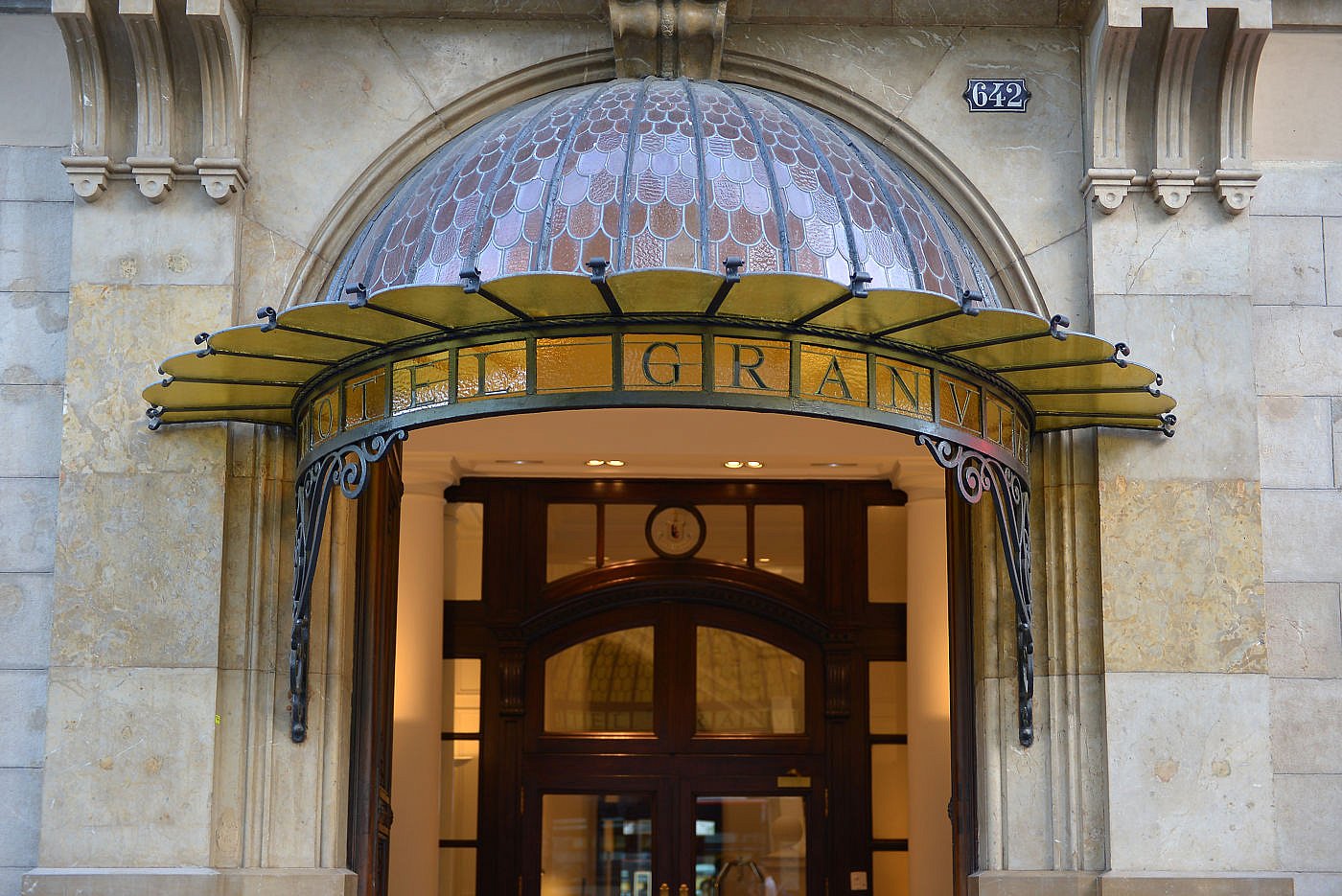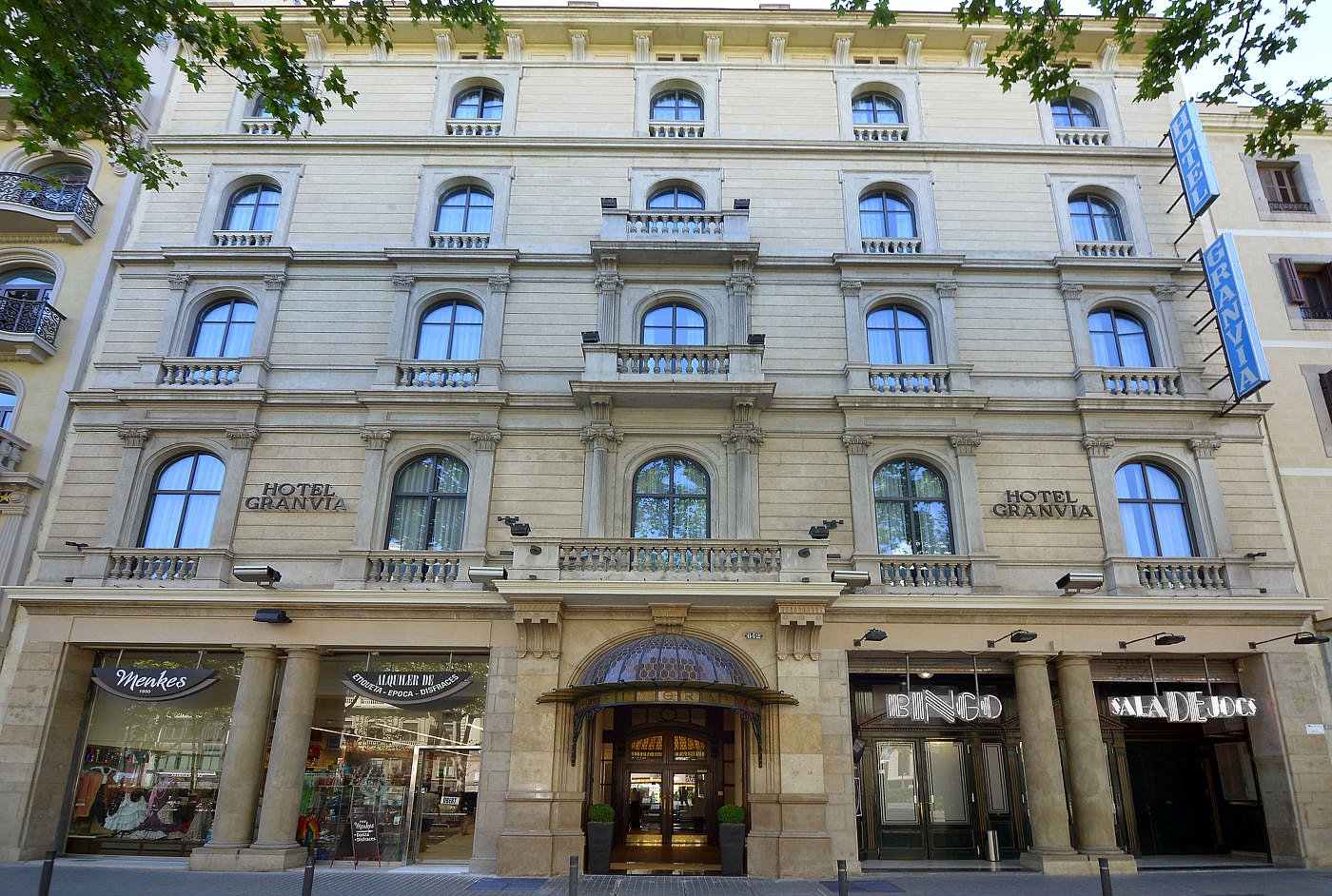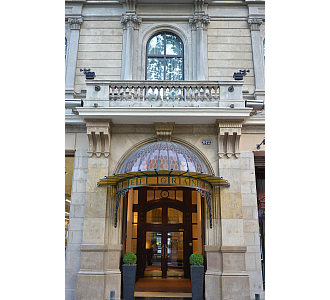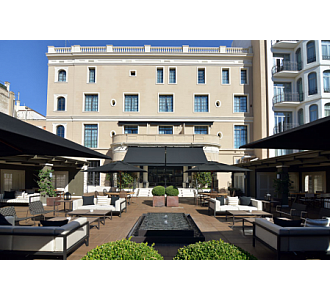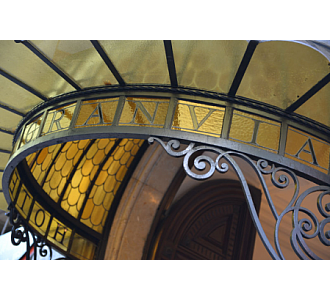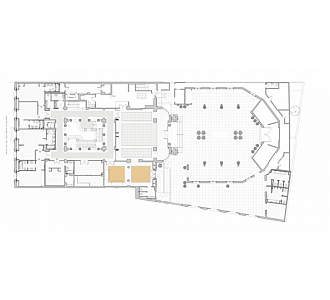HISTORY OF THE BUILDING AND ITS USES
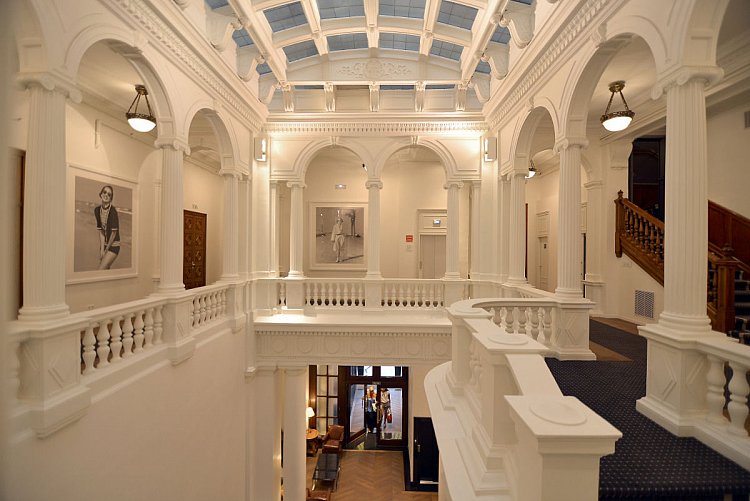
A considerable investment frenzy took place in the second half of the 19th century coinciding with Barcelona’s most ambitious urban planning project, widely known as the Cerdà Plan. Urban planner and architect Ildefons Cerdà devised the expansion of the city beyond the old city walls in response to an urgent need to modernise and improve the quality of living of its inhabitants. And industry leaders and bourgeois businessmen began investing their capital in the construction of new buildings and mansions that became their homes and rental housing for the burgeoning new social class.
The urban plan gave rise to two new diagonal thoroughfares – Diagonal and Meridiana, and their intersecting boulevard became known as Gran Via de les Corts Catalanes. This crossroads and its continuation took on a centralising role, as it was meant to displace the centre of the city north towards the new Quadrat d’Or, away from the historical importance of the old city (Ciutat Vella).
The Quadrat d’Or is the area of the Eixample district located around the Passeig de Gràcia, between Diagonal and Ronda de Sant Pere, bordered by Aribau street on the left and Passeig de Sant Joan on the right.
This crossroads and its continuation took on a centralising role, as it was meant to displace the centre of the city north.
In 1870, husband and wife Josep Maria Serra and Dorotea de Chopitea commissioned master builder Jeroni Granell Mundet with the construction of a stately home in Barcelona’s new Eixample area, specifically on GranVia de les Corts Catalanes, just off Passeig de Gràcia.
The couple and their six daughters moved into the mansion in 1873.
The mansion was sold years later and the Hotel Granvía was inaugurated in 1935 after extensive renovations to the building that conserved the façade, main staircase and one of the great rooms. It soon became a reference hotel which hosted gatherings, dances and celebrations with members of Barcelona’s Royal Artistic Circle or the Gran Teatre del Liceu. Regular guests included actors, politicians and Catalan, Spanish and international jetsetters.
In 1870, husband and wife Josep Maria Serra and Dorotea de Chopitea commissioned master builder Jeroni Granell Mundet with the construction of a stately home.
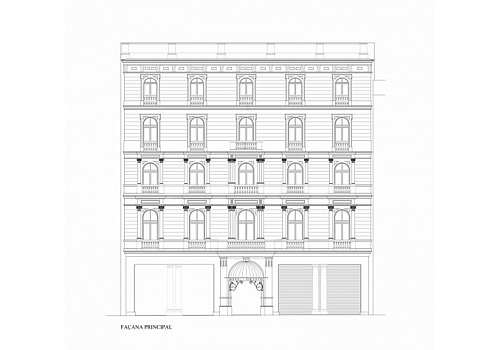
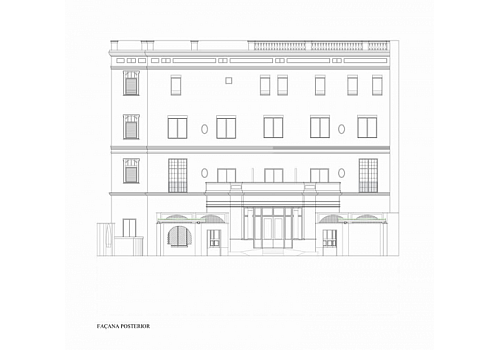
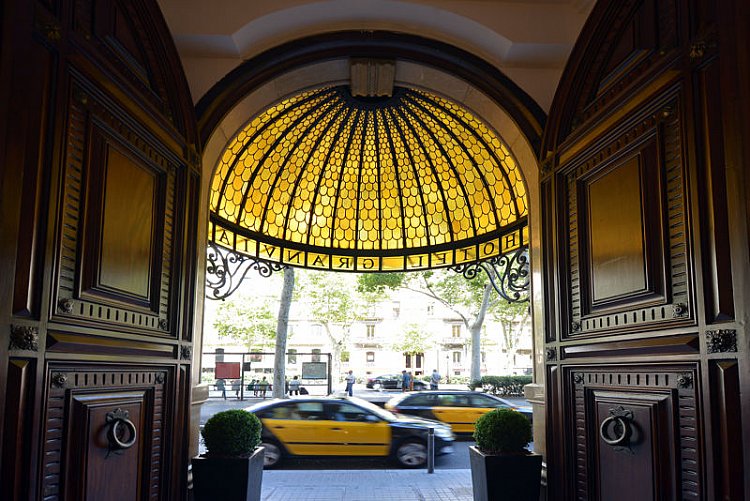
Eventually, the Núñez y Navarro group bought the hotel in 1986 for the purpose of renovating it and turning it into a modern luxury establishment with fifty guest rooms and a 500 m2 roof-top terrace and garden. The rehabilitation work began in October 2012 and concluded in May 2013.
With nearly a dozen establishments in Barcelona today, Núñez y Navarro Hoteles began their successful business achievements when they opened their first hotels between 1970 and 1990, beginning with the Europark and the then Núñez Urgell, followed by the Paral·lel and the Granvía, by then the group’s fourth hotel.
For its spectacular architecture and sophisticated interior decor, the Hotel Granvía has been used as a set for several films, television series and fashion photo shoots, with particular emphasis on the sessions carried out by the prestigious photographer Manuel Outumuro.
The Hotel Granvía has been used as a set for several films, television series and fashion photo shoots.
- Article published in La Vanguardia on 31 January 1928.
- Ramon Alberdi Alberdi, Dorotea de Chopitea y Villota. Construir una ciudad para todos. Barcelona, Fundación Edebé, 2009.
- Amadeo Burdeos, Una dama barcelonesa del ochocientos. La Sierva de Dios doña Dorotea de Chopitea, viuda de Serra. Barcelona, Librería Salesiana, 1962.
- Address: Avinguda de les Corts Catalanes, 642.
- Designation: Hotel Granvía
- Architects: Jeroni Granell i Mundet.
- Period: 1870-1873. 1935 (remodel).
- Style: Eclectic. Neoclassic.
- Original use: Residential and hotel.
- Current use: Hotel.
- Rehabilitation: 2013.
No mention of the origins of the Serra-Chopitea family mansion, currently the Hotel Granvía, would be complete without making reference to the origins of its location on Barcelona’s Gran Via de les Corts Catalanes.




